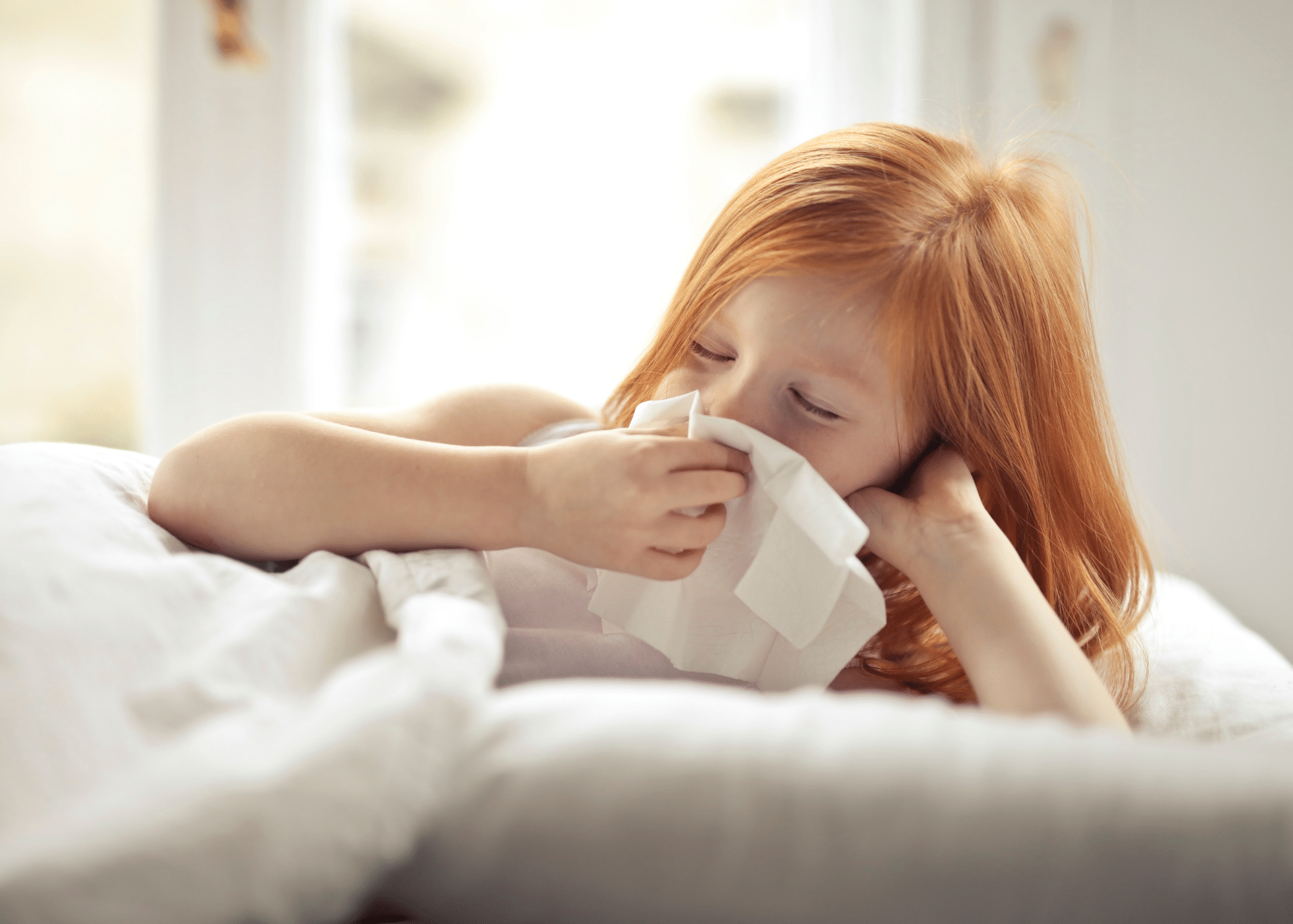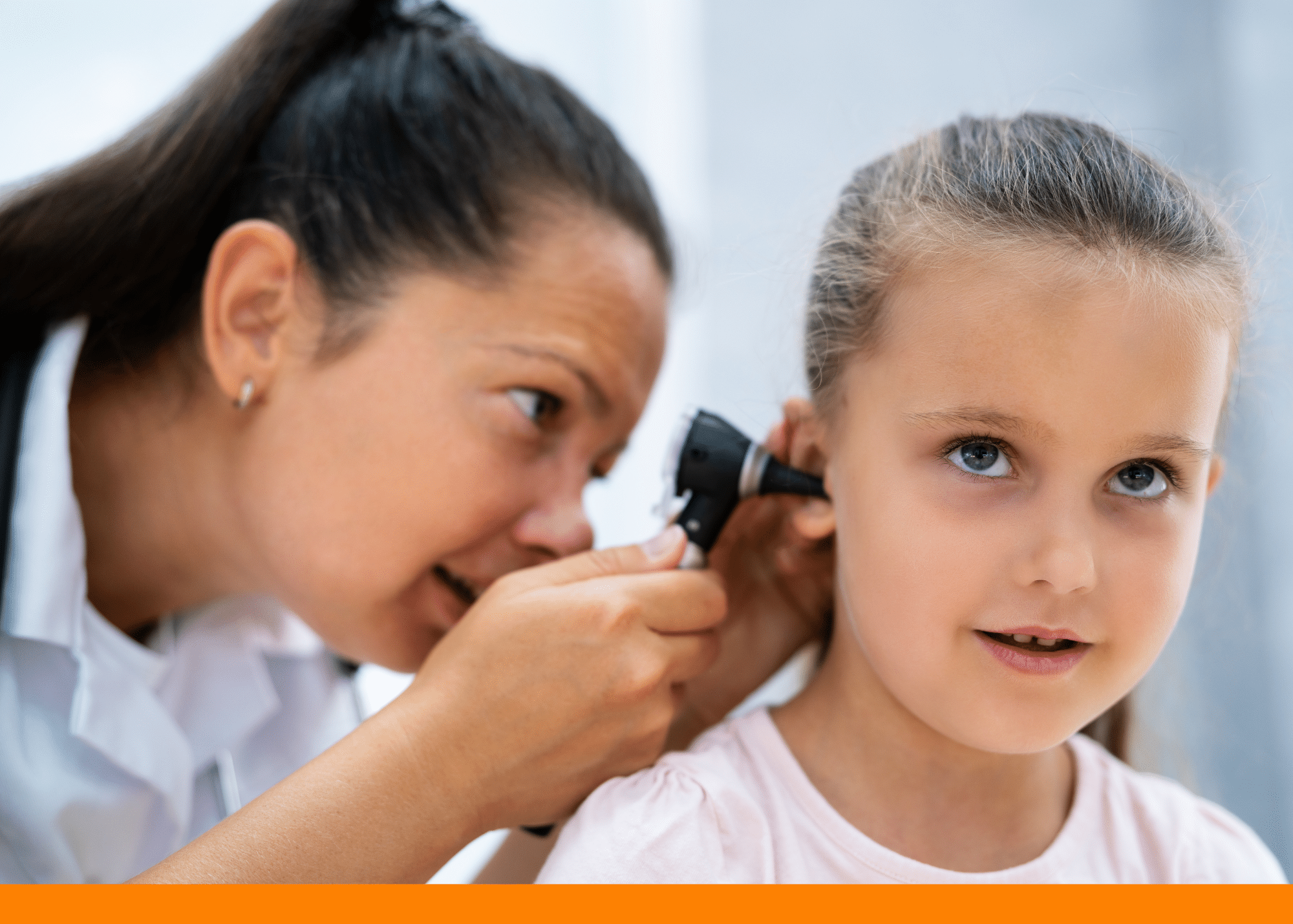Does My Child Have a Cold or Allergies?
Allergy symptoms in toddlers and children can often look similar to a cold or a virus — which makes it hard to tell the difference if you’ve noticed a runny nose, coughing, or sneezing. There are also certain times of the year when germs and pollen are plentiful, and it is not as easy to avoid them. Parents and caregivers of young kids know this better than anyone!
Wondering if your child is experiencing cold or allergies symptoms? There are subtle differences, such as the duration of symptoms and whether or not they have a fever. Knowing what to look for can help caregivers provide the necessary support; however, the details provided here are for general informational purposes only, and should not be considered medical advice. Get in line at Urgent Care for Children to make an appointment for pediatric urgent care in Alabama.
Allergies vs. Colds in Children: How to Tell the Difference
Seasonal allergies are an immune response triggered by a reaction to pollen, dust, dander, or another environmental factor. This differs from the common cold, which is caused by a virus. These health conditions affect children differently: they may have their usual energy levels, or they might be fussy and uncomfortable. Take a look at possible symptoms of a cold or allergies and how to tell the difference, so you can figure out what to do next.
These are common allergy symptoms in children:
- Sneezing and Runny Nose: Clear, watery discharge and persistent sneezing, without a fever.
- Itchy, Watery Eyes.
- Skin Rashes or Hives.
- Asthma Symptoms: Coughing, wheezing, shortness of breath, or chest tightness.
- Swelling of the lips, tongue, or around the eyes.
Here’s a closer look at common cold symptoms:
- Runny or Stuffy Nose: Clear nasal discharge that may become thicker and vary in color as the cold progresses.
- Cough: Can range from mild to severe, and becomes more noticeable as the cold develops.
- Sore Throat.
- Sneezing.
- Low-grade Fever.
- Irritability, Body Aches and Trouble Sleeping.
- Decreased Appetite.
A common cold can produce a low-grade fever or higher, but seasonal allergies do not. Mucus color of cold or allergies can also be a helpful identifier. Seasonal allergies typically produce a clear discharge, where mucus from a cold can range from clear to hues of yellow and green. Finally, you should consider the duration of your child’s symptoms. The common cold virus will typically run its course in 5 to 7 days, while seasonal allergy symptoms may be present for weeks, a month, or longer, depending on the level of exposure to allergens.
When to See a Doctor for a Cold or Allergies in Babies & Toddlers
Mild seasonal allergies or the common cold can often be managed at home, but it is important to know when to seek medical attention. Parents and caregivers should watch carefully for any signs of dehydration, including: dry, cracked lips, the absence of tears while crying, reduced wet diapers or urine production, and/or refusal to drink fluids. Other symptoms that require immediate medical attention include difficulty breathing, high fever, persistent sore throat, or any other signs of infection.
If you are unsure whether or not to take your child to the doctor, it is always best to play it safe. For after-hours or weekend emergencies, visit a pediatric urgent care facility near you specializing in care for infants, toddlers and children. Call 911 if you or a loved one are experiencing a health emergency.
Over-the-counter medication can often be used to alleviate symptoms of seasonal allergies, the common cold, and other viruses — but it is important to speak with a pediatric care provider before starting any new prescription or over-the-counter medication. They can provide the best guidance for symptom relief tailored to your child’s age and medical history.
Tips to Stay Healthy in Cold & Allergy Season:
1. Be Mindful of Allergens. Limit outdoor activities when pollen counts are high, and focus on dusting, vacuuming, and regularly washing bedding to reduce the presence of allergens in your home. Consider using an air purifier for additional relief.
2. Stay Rested & Hydrated. Drinking water and getting plenty of rest is always important, and even more so when your little one isn’t feeling well! Quality nighttime sleep is key for growth and development, and for helping the immune system combat viruses. Water is crucial for bodily functions, including bringing nutrients to cells, and helps thin mucus and alleviate congestion.
3. Eat Nutrient-Dense Foods. Offer plenty of fruits, vegetables, lean proteins, and whole grains. These foods are packed with essential vitamins and minerals to fuel growth, provide energy, and bolster a healthy immune system.
4. Minimize Exposure to Germs. Reschedule visits and playdates when a friend or family member is sick, to prevent the spread of illness. You can also teach your child how to wash their hands properly and help them understand the importance of personal hygiene.
Visit an Urgent Care for Children Clinic Near You
If you’ve got a sick child at home, you might already be wondering if their runny nose is a cold or allergies. The team at Urgent Care for Children in Alabama is here to answer your questions and provide the after-hours and weekend care your family needs.
Get in line at Urgent Care for Children when you need an appointment most: like when your primary care provider’s office is booked solid or closed. Our team of pediatric specialists will accurately diagnose and treat your child to help them get back to feeling better — and with a convenient in-house pharmacy, X-rays and lab services, we can take care of all your needs under one roof.
Is that sneezing cold or allergies? Don’t let uncertainty linger.
Save your spot in line at Urgent Care for Children today!




